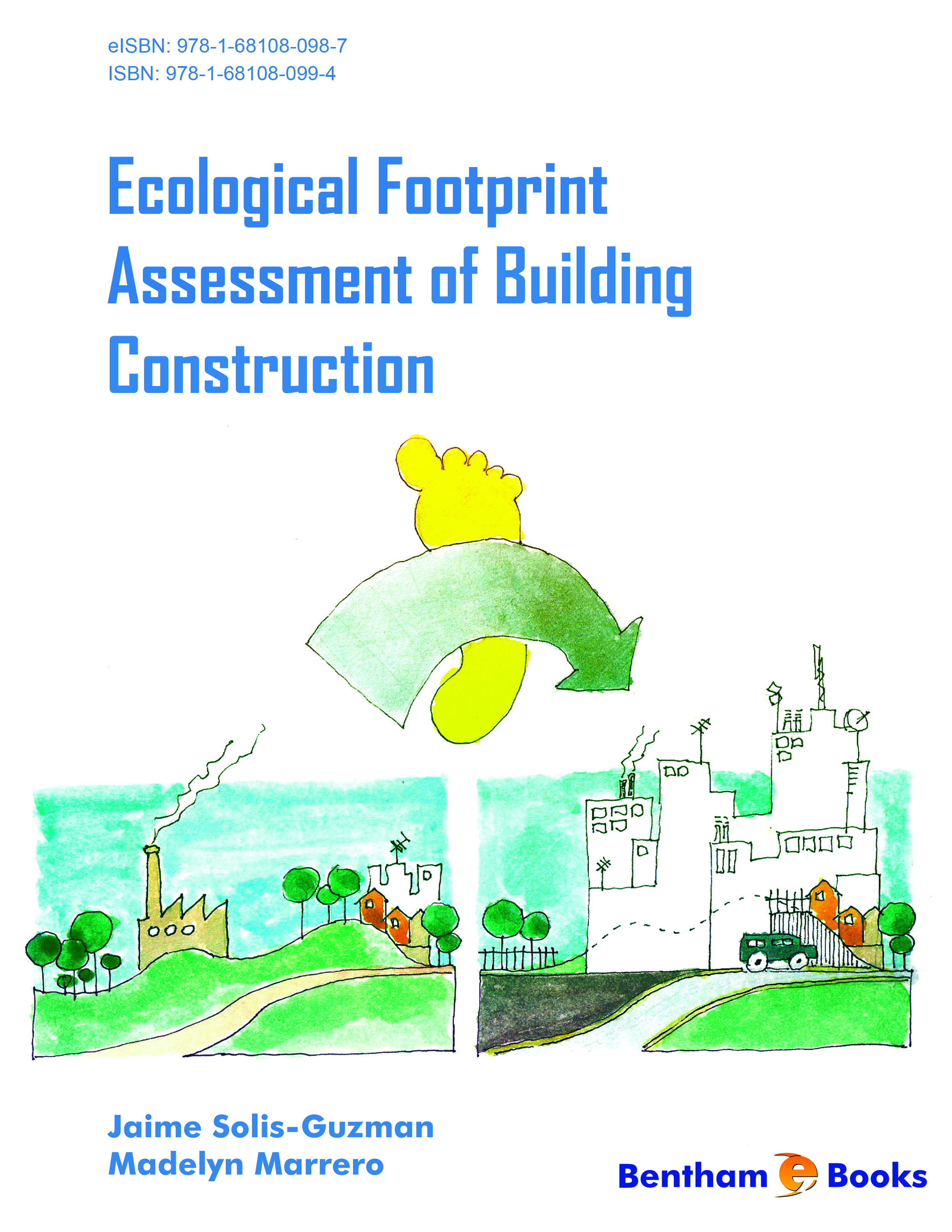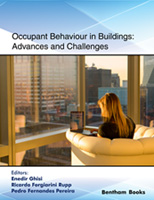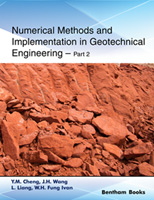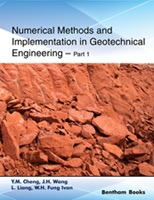Introduction
Sustainability is a major concern when considering the construction of a new building project as there is a definite effect of any construction on its surrounding environment. One tool to measure the environmental impact of projects is the Ecological Footprint (EF). Ecological Footprint Assessment of Building Construction presents the methodology required for the creation of an effective EF assessment of building construction projects with a case study of a Spanish project. The book starts with a detailed overview of the EF indicator for buildings including definitions, methodologies and scale applications. This is followed by chapters on dwelling construction methodology and calculation models for direct (energy and water), indirect (manpower and construction materials) resource consumption and waste in the constructed area. The book concludes with a case study that demonstrates the application of all types of EF indicators mentioned in the previous chapters. The methodology and all steps for each calculation are explained in detail, making the book an applicable reference for working professionals as well as an easy-to-understand guide for graduates undertaking sustainability modules in ecology and civil engineering courses.





